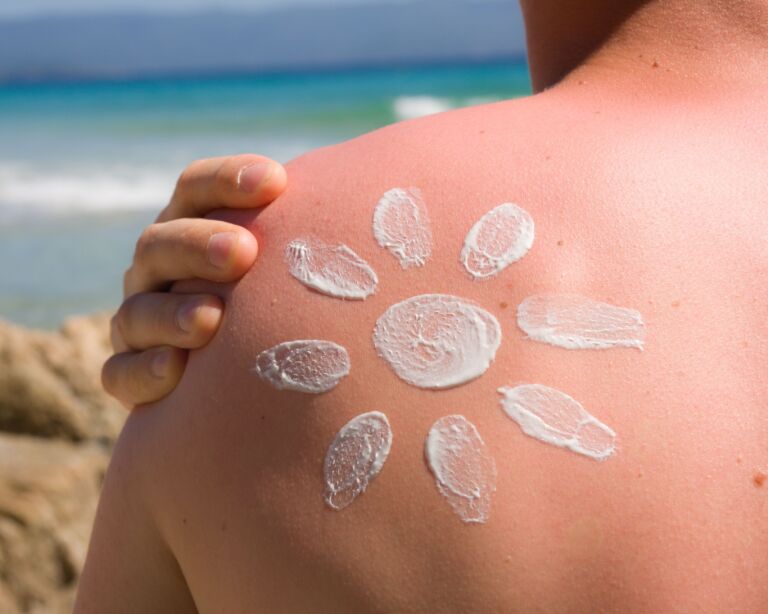
Sun exposure poses a grave danger to unprotected skin. Too much UV radiation from the sun can accelerate early aging and increase skin cancer risks over time, so protecting it should become part of daily routine-not just something done at the beach. Learning more about sunscreen usage and using products like cancer sunblock are crucial steps toward long-term skin health and protecting you in all circumstances. By choosing smartly and applying Sun protection regularly you can minimize risks while simultaneously keeping skin looking its best!
Sun Safety
Proper sun safety requires more than simply wearing sunscreen; it involves an integrated approach. Wearing protective clothing and staying in the shade are excellent first steps toward sun safety, but using broad spectrum sunblock is absolutely crucial in terms of protecting from UVA/UVB rays that cause sunburn as well as those which lead to skin cancer occurrence. Regular usage can reduce chances of Squamous Cell Carcinoma (SCC) or Melanoma (MC), making this simple yet powerful strategy to safeguard skin health.
Understanding SPF and Broad Spectrum
When shopping for sunscreen, the letters “SPF,” which stands for Sun Protection Factor (SPF) will appear. SPF measures how well a particular product protects from UVB rays which cause sunburn; higher numbers indicate more protection; however SPF alone won’t offer complete coverage – for optimal aging and cancer protection you should opt for broad spectrum UVA/UVB coverage; good skin cancer sunblock will clearly state this fact on its label.
Selecting an Effective Formula
There are two primary categories of sunscreen products – physical and chemical. Physical sunscreens (commonly referred to as mineral sunscreens) contain ingredients like zinc oxide or titanium dioxide to form a barrier and reflect UV rays away from sensitive skin, providing better UV ray protection than chemical alternatives. Chemical sunscreens absorb harmful UV rays before they damage skin cells – many products now incorporate both types for additional defense against cancerous tumors; the ideal skin cancer sunblock will depend upon what works for you – be it spray, lotion or stick form!
Apply Sunscreen Appropriately
Even the highest quality sunscreen won’t do its job unless applied the correct way. Aim for enough product to fill a shot glass when covering all body areas; allow 15 to 30 minutes for absorption into skin pores (especially ears, neck and feet ). Reapply every two hours ( or after swimming or sweating ) so skin stays fully protected.
Daily Use Is Essential
While sunscreen may only come to mind during the warmer months, ultraviolet (UV) rays are present all year–even on cloudy days! Up to 80% of UV rays pass through clouds so it’s wise to apply SPF 30 every morning (ideally water resistant with SPF of 50 or higher for outdoor activities) before leaving home or beginning any activity outdoors.
Finding the Right Sun Protection can Be Challenging
At our dermatology office, we’re committed to making finding sun protection easier for you.
By working closely with you to understand your skin type and risk factors, we can create a personalized sun safety plan that includes the regular use of skin cancer sunblock to help protect your skin every day.
Plus we provide regular skin checks so you feel assured in your health journey!
At Wall Dermatology, our staff is here to support your skin health. We offer expert guidance in choosing sun protection and checking for skin cancer.
A strong defense begins with habits and knowledge; take the next step toward protecting yourself by making skin cancer sunblock part of your everyday routine prioritize sun safety with us today.
Effective Treatment for Cancer Skin Peeling at Wall Dermatology
Protect your skin today with Wall Dermatology’s expert care. If you’re dealing with cancer skin peeling, our specialists provide personalized treatments for healing and prevention. Contact us now!
